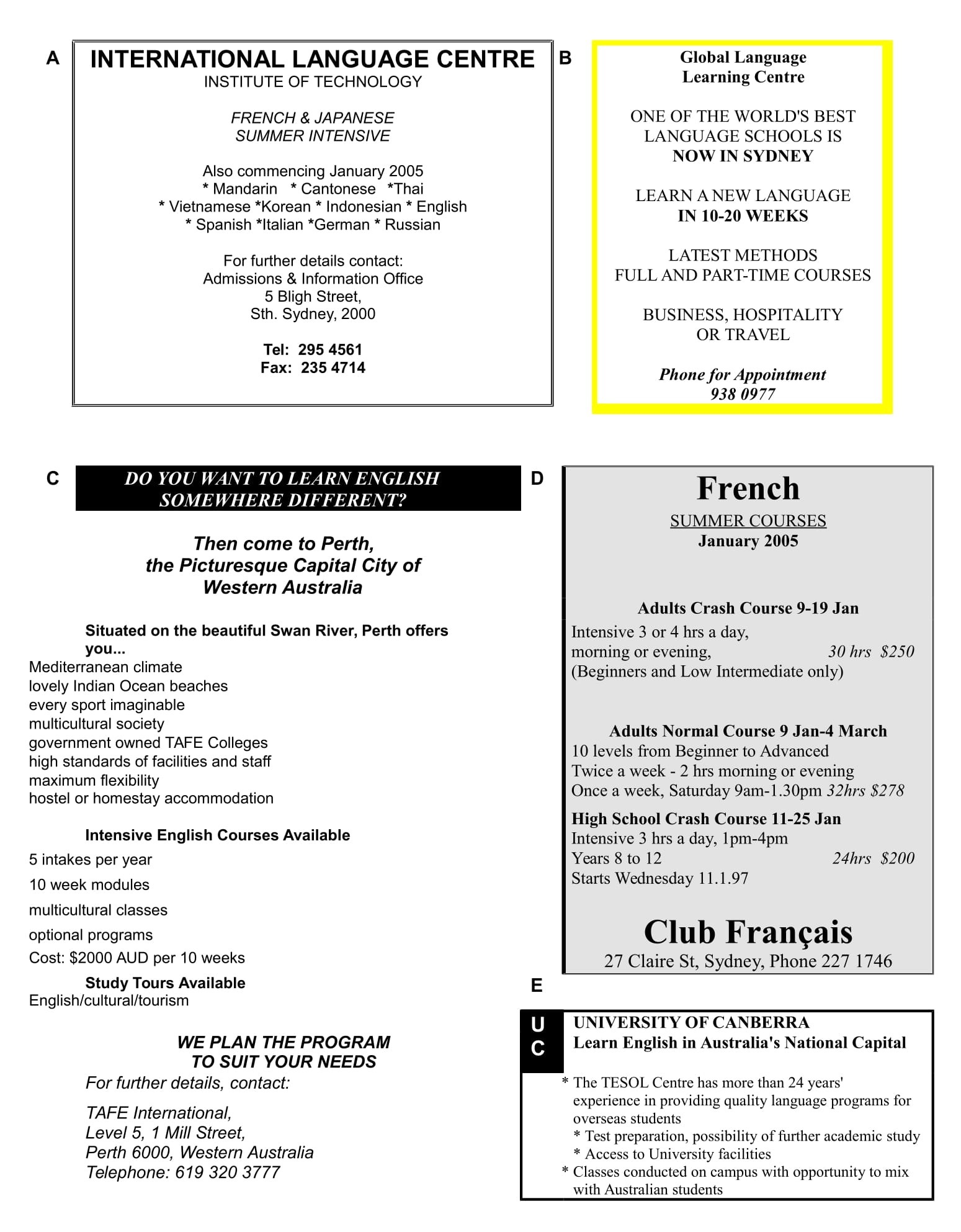IELTS Reading Test Practice
How To Answer a Matching Information Question
IELTS Reading
test practice is a vital part of your exam preparation but understanding how to
answer each type of question is just as important. Unless you know this, you
aren’t going to achieve your best possible score no matter how good your
language skills.
On this page,
we’ll be looking at a Matching Information type question and I’m going to work
through it step-by-step.
It comes from a General Reading past test paper. However, you’ll use the same skills and strategy for answering Matching Information questions in the Academic exam so it’s valuable information and practice for whichever version of the test you’re taking.
Also check out the main page on Matching Information Questions. It includes lots more information and tips, plus another IELTS reading test practice exercise for you to learn from. Click the link to visit the page.
It covers:
- Explanation of this question type
- Skills needed
- Key tips
- The strategy
- Examples from real test papers
Here are just a few key things
from that page that you need to know before we start work on our question.
a) What you have to do:
- You will be given a set of 3 to 8 statements.
- You are required to match the information in each statement to matching information in a paragraph or section of the reading text.
b) The answers will not come in the same order in the text
as the order of the list of statements.
c) Some paragraphs or sections may not contain an answer.
e) Any paragraph or section could contain more than one answer.
f) Expect lots of synonyms and paraphrasing.
g) Search for the easiest information to match first. This will usually be in a statement that contains key words that are easy to find in the text such as names, numbers, places and dates.
This will quickly eliminate some of the statements from further consideration and make it easier to match the information in the remaining ones.
IELTS Reading Test Practice – Matching
Information
Here’s the question we’ll be working on. If you want to use it as your own IELTS reading test practice exercise, have a go at answering it before reading my instructions.
In this question, the text is a series of adverts. This is just the kind of thing you might get in the General reading test. For the Academic exam, most of the texts will be articles on specific topics.
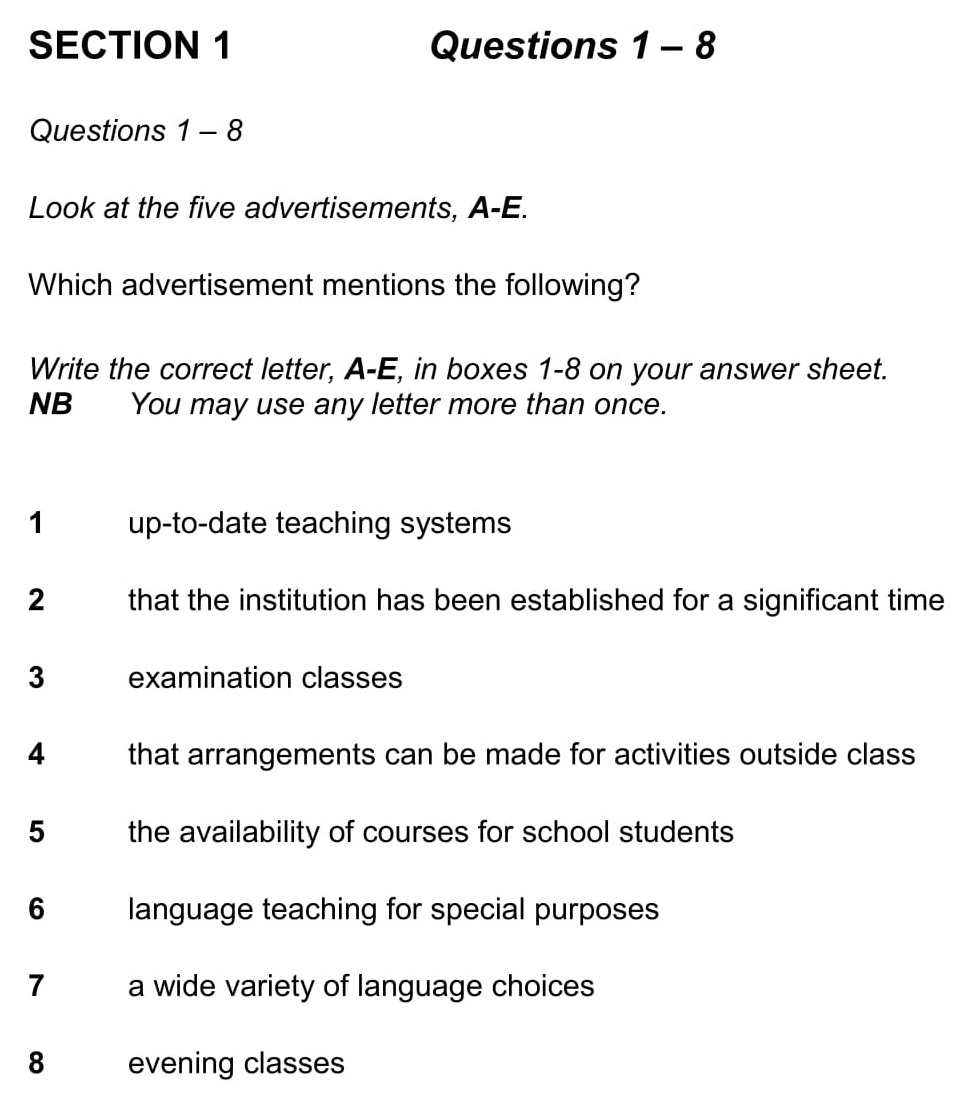
I’ve added a PDF of the text
and statements that you can download to make them easier to work on. The
answers are at the bottom of this page.
Download PDF of this IELTS Reading test practice exercise.
Step-By-Step Instructions
1) Read the eight statements to get a basic understanding of what they're about.
2) Next, skim read the adverts for general meaning.
3) Now return to the statements. There’s no correct order in which to match them. Since the answers will not come in order in the text, you don’t need to work through them from 1 to 8.
So, read them again and decide which is likely to be the easiest to locate the matching information to. It’s probably one of these two as they are both short, precise and have key words that should be easy to find.
3 examination classes
8 evening classes
4) Start with 3 examination classes. The key word ‘examination’ has fewer synonyms than ‘evening’.
Before scanning the text, think about what these synonyms could be. The ones that immediately come to mind are:
- test
- assessment
Now scan the text for the word 'examination' and these synonyms.
The only one that appears is ‘test’. It’s in Advert E. Read this in details to check that the information is a match.
It is. Answer: 3 E
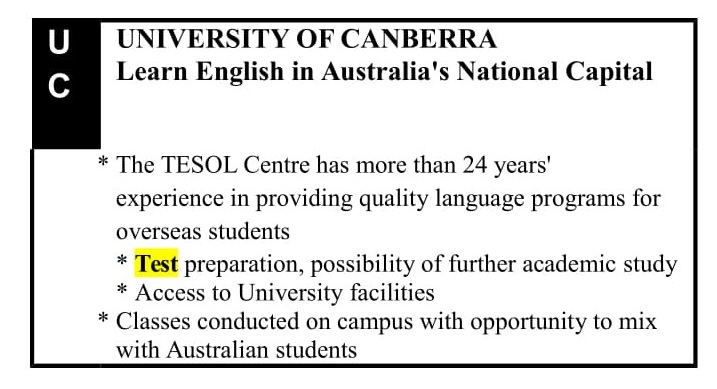
Fill in your answer and cross through the statement in the list.
5) Repeat this process with the second statement we’ve identified as having a key word that should be easy to find – 8 evening classes.
‘Evening’ may well be denoted as specific times of the day so look out for these as well, e.g.
- 6 o’clock
- 7.30 p.m.
Numbers are easy to spot so this should help.
There’s only one advert that gives specific times of classes – Advert D. It also contains the word ‘evening’ so is the perfect match for the statement.
Answer: 8 D
Fill in your answer and cross through the statement in the list.
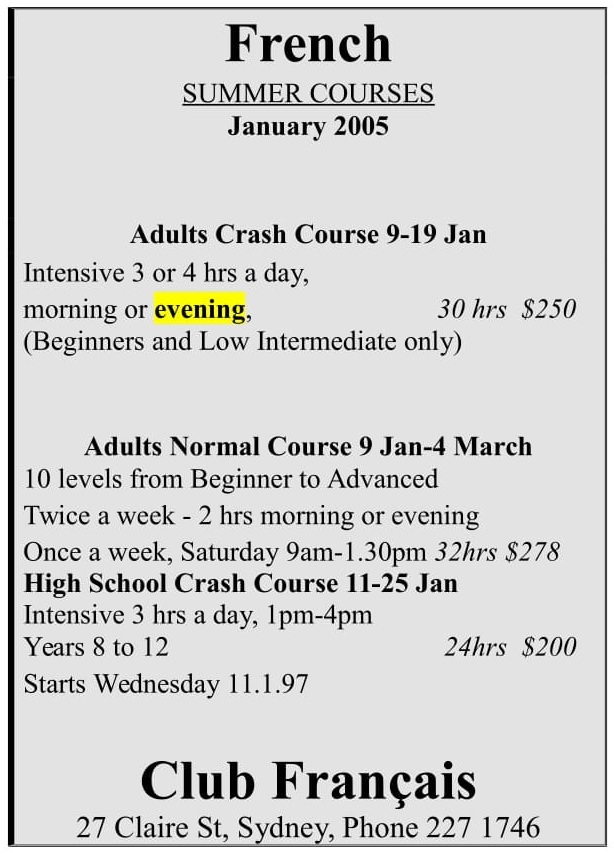
6) Return to the statements and decide which one to match next. Again, look for key words that stand out.
Sometimes you’ll remember having seen a particular piece of information as you’ve scanned and skimmed the text for previous answers.
For example, I recall that the first advert mentions many different languages. This matches the information in statement 7.
7 a wide variety of language choices
I quickly skim read the rest of the adverts to be sure I have the right answer, but this is the only one that mentions languages other than English.
Answer: 7 A
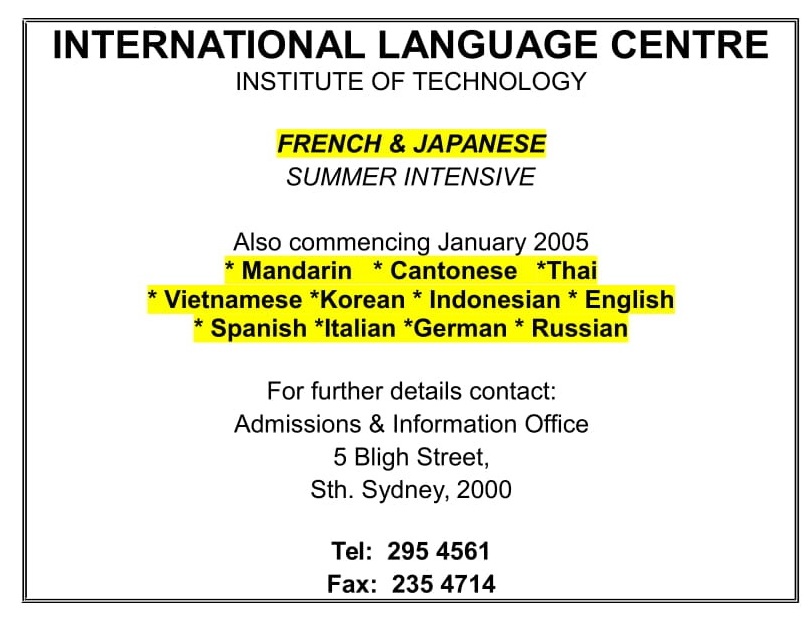
7) Select the next statement to match. You don’t have to match them in the same order as I have. Do what seems logical to you but don’t spend too much time choosing each time.
I’m going for this one next because I think the information will be reasonably easy to find.
2 that the institution has been established for a significant time
The word ‘established’ might be present in the text, but it's more likely that we'll find figures related to periods of time, for example,
- established in 1989
- since 1995
- 18 years
I find what I’m looking for in the last advert and read in detail to check that the information matches.
Answer: 2 E
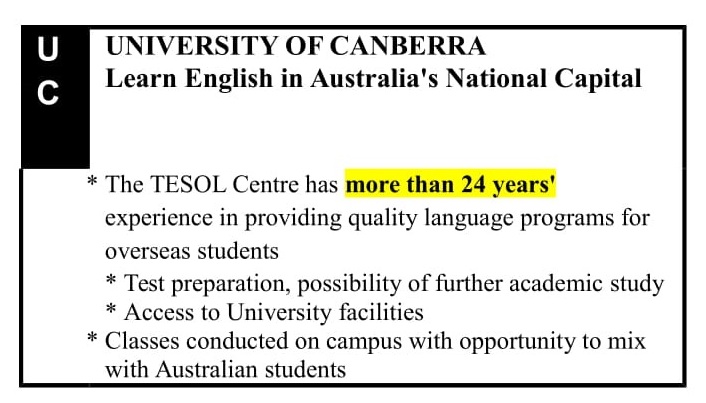
8) Next, I select statement 5 because I think it has a good key word – ‘school’. There are no obvious synonyms for ‘school’ so it should be present in the text.
5) the availability of courses for school students
‘School’ appears twice in the adverts, first in Advert B and again in Advert D. In B the information is not a match for the statement but D matches it perfectly.
Answer: 5 D
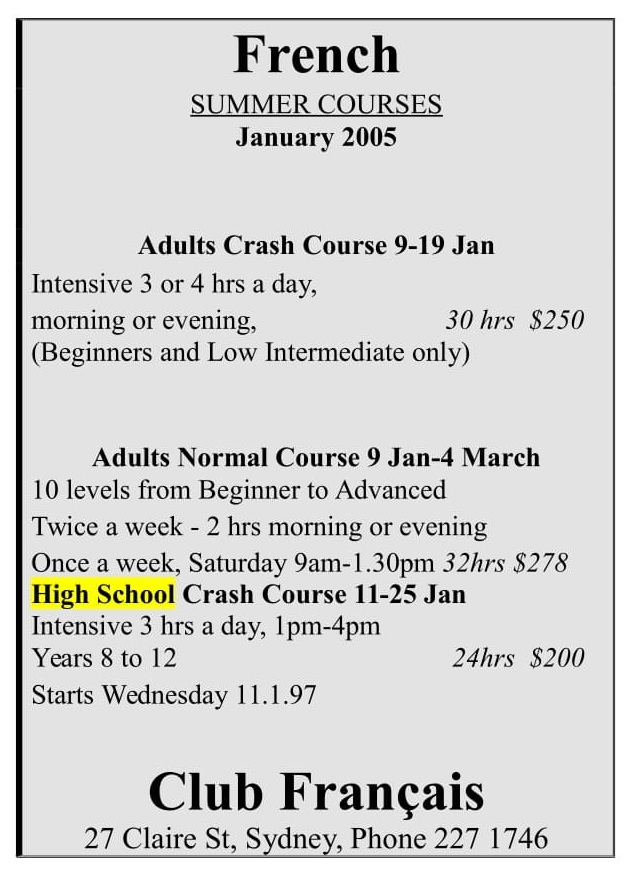
9) I choose statement 6 next.
6) language teaching for special purposes
This one takes a bit more thought as there are no obvious key words to scan for. Instead, we need to think about the meaning of the statement and take an educated guess as to what related words might appear in the text.
‘Special purposes’ refers to the teaching of curriculums created to meet the need of students who want to study or work in a particular profession, such as,
- business
- IT
- teaching
- nursing
- hospitality
- engineering
Scan the text for some of these. ‘Business’ languages courses are very popular so this is the best one to start with. We find it in Advert B, along with ‘hospitality’.
Answer: 6 B

10) I decide to go for statement 4 next, leaving statement 1 until last.
4 that arrangements can be made for activities outside class
This time we need to scan for words that have the same meaning as ‘activities outside class’. I can’t think of many. Maybe:
· extra-curricular activities
· optional activities
These
do, at least, give us something to scan for.
I decide to focus on Advert 2, the only adverts we don’t yet have a statement match for. There’s no guarantee that the answer will be here but there’s enough chance to make it worth starting with this one in order hopefully to save a little time.
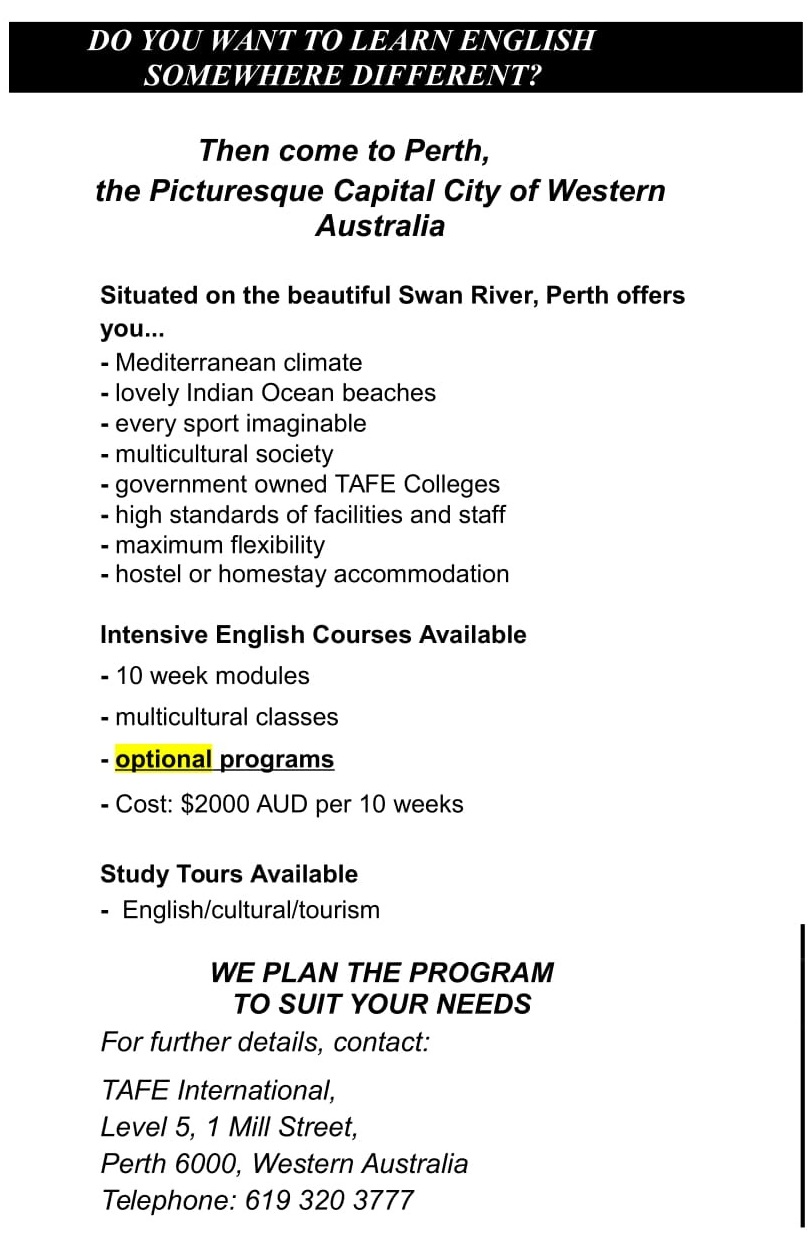
The
only word match I find is ‘optional’ but ‘optional
programs’ is a match for the information. We’ve found the answer.
Answer: 4 C
11) We are now on the final statement.
1 up-to-date teaching systems
This has two sets of key words that we need to scan for – ‘up-to-date’ and ‘teaching systems’. At least one of them will almost certainly be a synonym. Have a quick think about possibilities before you scan. Here are a couple of ideas:
- up-to-date – modern
- teaching systems – teaching methods
The only advert with a match to any of these words is Advert B. Synonyms have indeed been used. I was right about ‘methods’ for ‘systems’, but ‘latest’ has been used instead of ‘up-to-date’. The information matches.
Answer: 1 B
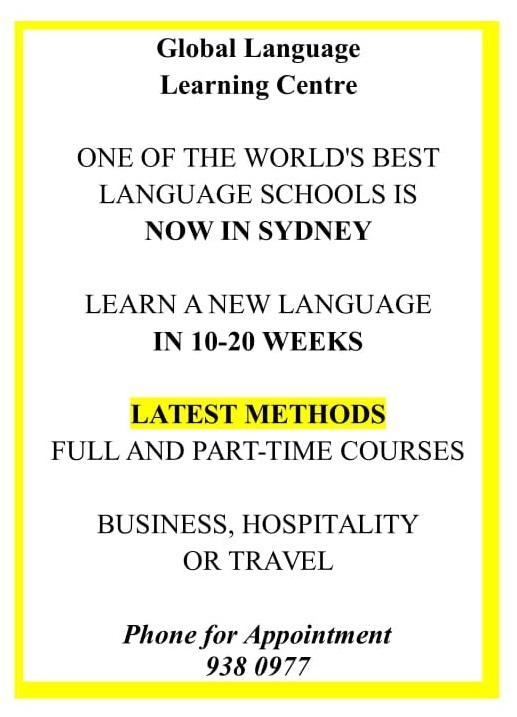
That brings us to the end of this IETLS reading test practice. I hope you’ve found these instructions useful. As already mentioned, I’ve created a full page on Matching Information questions, including another IETLS reading test practice question. Click the link to visit the page.
Answers
1 B
2 E
3 E
4 C
5 D
6 B
7 A
8 D
Like this page?
Find More IELTS Reading Test Practice Exercises
on These Pages
Step-by-step strategies for answering the 12 different types of IELTS Reading questions with examples and practice tests.
You'll Also Find IELTS Reading Test Practice Exercises Here:
IELTS Reading Sample – True, False, Not Given sample test
IELTS Reading Samples – Matching Headings & Diagram Labelling sample tests
IELTS Reading Practice Test – More examples of Matching Headings and a Diagram Labelling questions & how to answer them
IELTS Reading Exercise – Yes, No, Not Given sample test
IELTS Reading Tests – Two strategies for answering Name Matching questions
IELTS Reading Paper – Multiple Choice sample test
Reading Tests For IELTS – Summary Completion sample test
